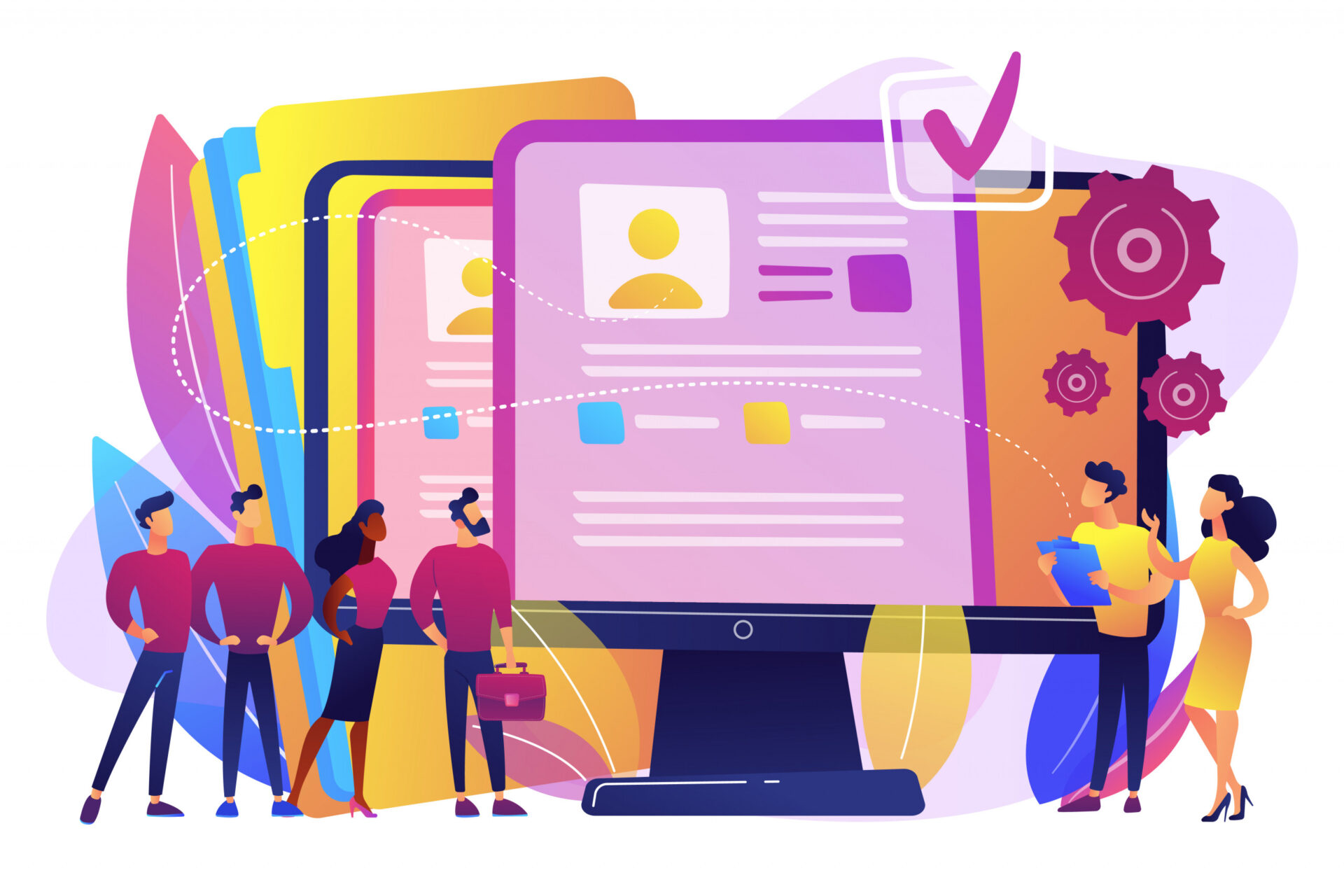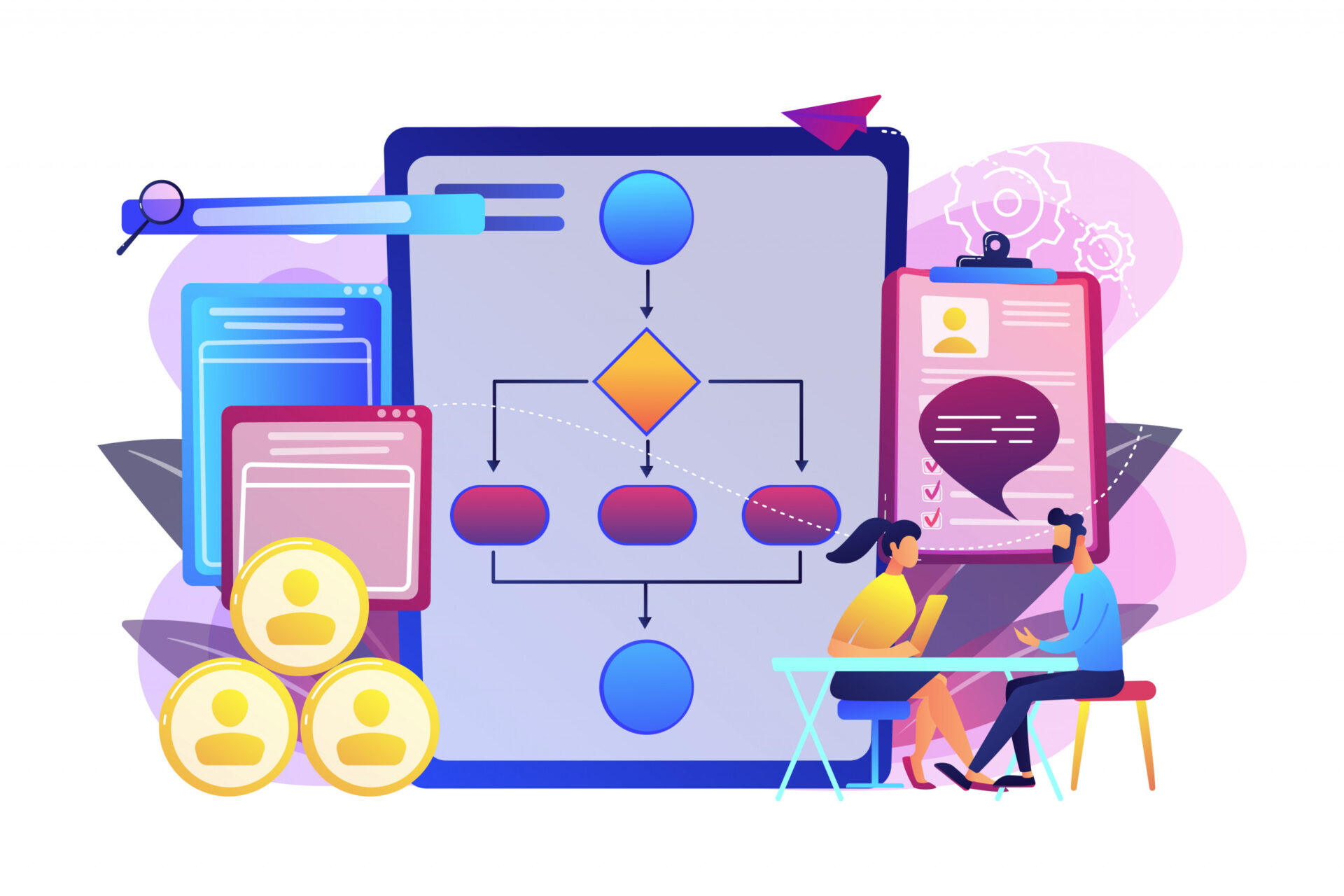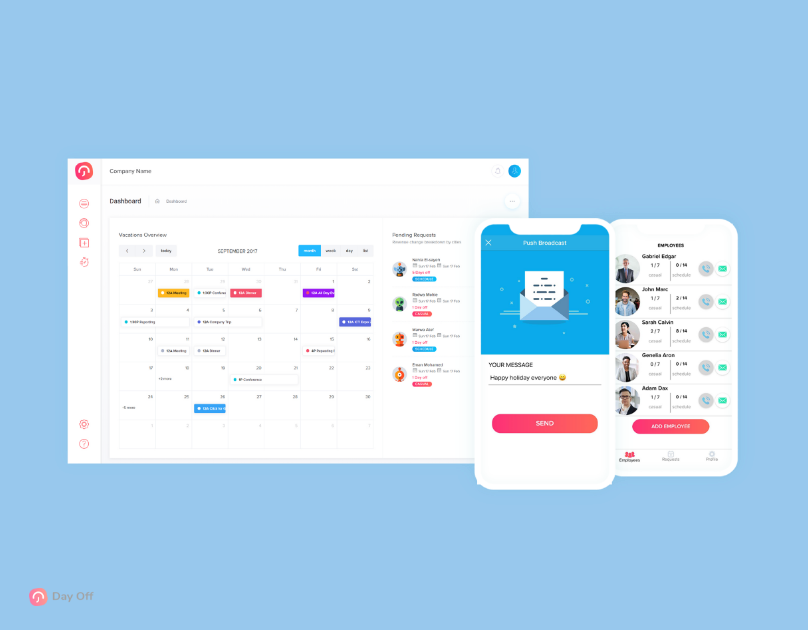When it comes to increasing the productivity of the employees, it is important to have an eye on the employees’ attendance. Well, utilizing the traditional methods for this can be very time consuming, and those processes can develop errors. So, how to make the leave management process effective? For this, you can use a professionally designed and developed time off app. As per the experts, Employees apps such as leave tracker app can be very useful in monitoring the employees’ shifts, planning the workflow, and allocating resources.
However, to witness the maximum benefits of a Leave tracker, you should choose the best one, and this can be a daunting task. So, to help you out in this, we have listed down some best free time off tracking apps for you. Have a look.
Day off
When it comes to managing your employees’ leave or vacation in the most comfortable and accurate way, you can always use the Day off app, the best leave tracker tool that is designed and developed for all types of businesses. Using this app, companies can save their efforts and time and can easily track the absence within a few seconds. What’s more? Using this free vacation tracker, you can also set up your unique vacation as well as leave policies. Let’s discuss the top features of this app.
Easy way to create a company
With Day off, you can create your company account within a few seconds. To create your company, all you need is to use your company name, mail id and set a password. Once done, you can add teams and set different configurations for each team. After that, you can send an invitation to the employees to join the account to their mobile number or email.
Customize the settings the way you want
To customize the settings, first, you need to choose the weekends, and working days, then you need to add the leave balances, and then you can add some new leave types; your company policy has some extra leave types. Just a few clicks and you are ready to go.
Can easily manage all the leave requests
This Free time tracking app app offers you a full calendar view where you can find all the leaves of your employees. Besides, this will display a list of received leave requests with details, such as leave type, start and end time, leave duration, and more. With a few clicks, you can decline or accept the leave requests.
One-click to send the important announcements
When there is any crucial news, it is the responsibility of the HR managers to inform that the employees. And to do it effectively, you can use the Day off app. Just write the announcement, and using the app, you can send that to all. Your team will be notified within a few seconds.
Easy way to submit a leave request
With this app, your employees will enjoy an easy way to apply for a leave. Within a few seconds, they can send their leave requests, and they can view the current status of the requests.
This Paid time off tracker has all the features that will enable you to manage the leaves or vacations of the employees without facing any issues. The best part is that it is available for both Android and iOS platforms. So, go on and give it a try now.
Time Camp
This free to use Vacation tracker can be used for unlimited users, and you can add unlimited projects to it. This versatile program is perfect for all businesses. The software program is available in the form of a web timer, desktop app, mobile app and is also a Chrome plugin. The users can track time to the specific project automatically and can also change the time entries manually to customize the timesheets.
The best part is that it comes equipped with a GPS tracking feature. As a result, you can track the time and attendance of the employees based on the location. It also lets you store different records of the employees, such as email, date of joining, name, phone number, department, and more.
Hubstaff
Hubstaff is an Employee time off tracker and has a GPS feature. It helps the HR management to understand how the employees are spending their time. As a result, their overall productivity can be maximized. Since its first launch, it has become very popular among different industries as an advanced leave management tool. Some of the amazing features of this app are; online timesheets, productive measurement, detailed reporting, GPS tracking, and more. Use it now and see perfect growth in the employees’ productivity.
BambooHR
It is not just a PTO tracking software; you can use it as a professional HR management solution. The program comes with its own Android and iOS app. Using the app, all the members of your team can take advantage of the app’s simple to use interface to apply for leave with a few simple clicks. Besides, using this, HR managers can easily track their employees’ records and can also track PTO. What’s more? This powerful app can also effectively track applicant data. Well, its free version has limited features. If you want to explore all the features, then you may find it a little costly.
FactoTime
This app is designed for mobile devices running on both iOS and Android platforms. The app has all the features you will to properly track your employees’ working hours, shifts as well as attendance. Speaking more about it, the program functions as a punch clock and collects all the information on employees’ location, attendance, total time spent on the project, and more. It utilizes the three factor authentication process, i.e., location, selfie, and punch, to accurately record time. The best thing is that you can calculate the salary of the employees and manage the payroll based on the attendance recorded in the app.
All these mobile apps can help you a lot in managing your employees’ leave or shifts. However, to enjoy the easiest way to do that, you can trust Day off. Download its free version now and see how this can simplify the process.











